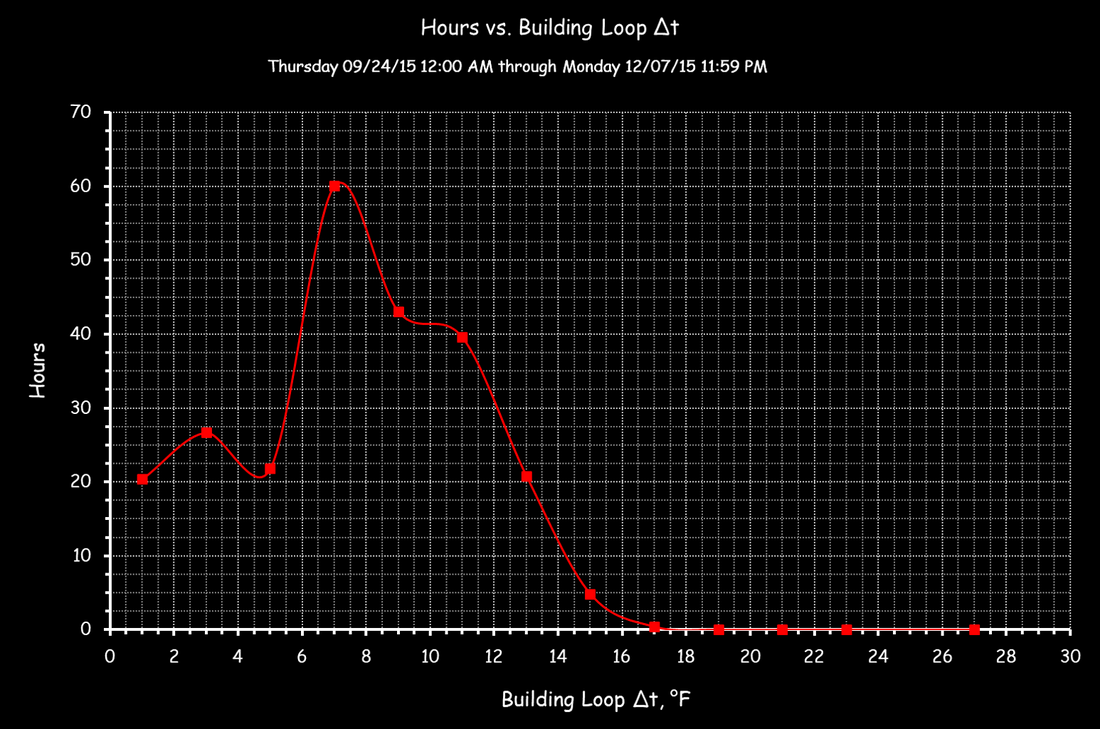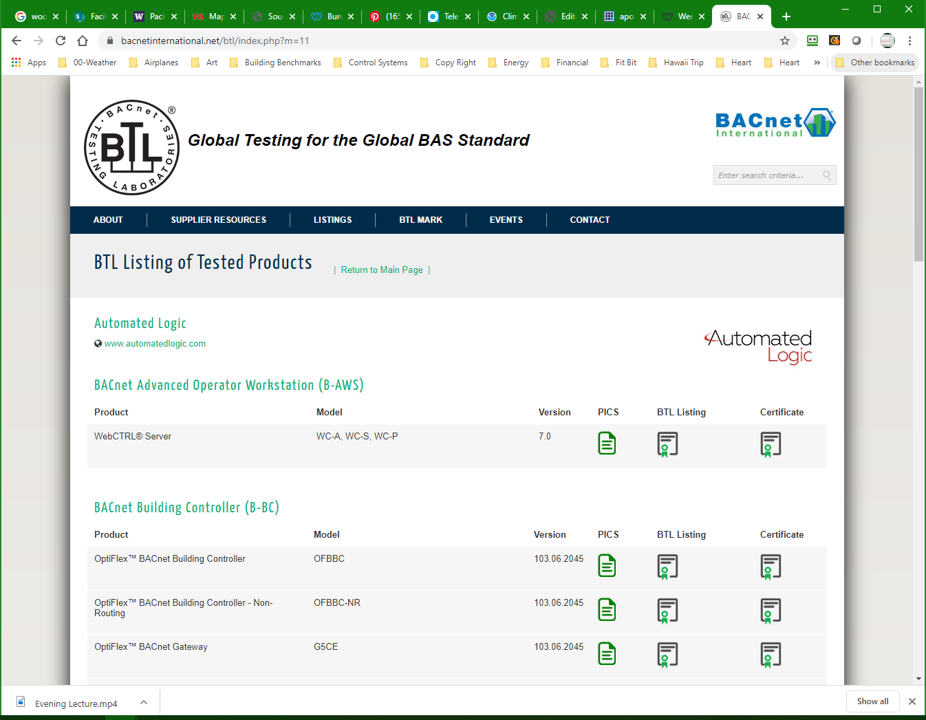Student One On One Discussions
One of the benefits of the PEC program is that Ryan provides support for one on one work sessions to help students develop their system diagrams and projects. We I do one of the sessions, I try to remember to record it so that the attendee has it to refer to subsequently.
In some cases, I realize the information might be of general interest to other students in the class doing similar work, in which case, assuming the person I am working with is comfortable with it, I will place the video of that session here with a brief description of the discussion and any related resources that come up. Otherwise, I post the videos and related resources on a hidden page and send the link to the student afterwards so they can access it the information that way.
In some cases, I realize the information might be of general interest to other students in the class doing similar work, in which case, assuming the person I am working with is comfortable with it, I will place the video of that session here with a brief description of the discussion and any related resources that come up. Otherwise, I post the videos and related resources on a hidden page and send the link to the student afterwards so they can access it the information that way.


